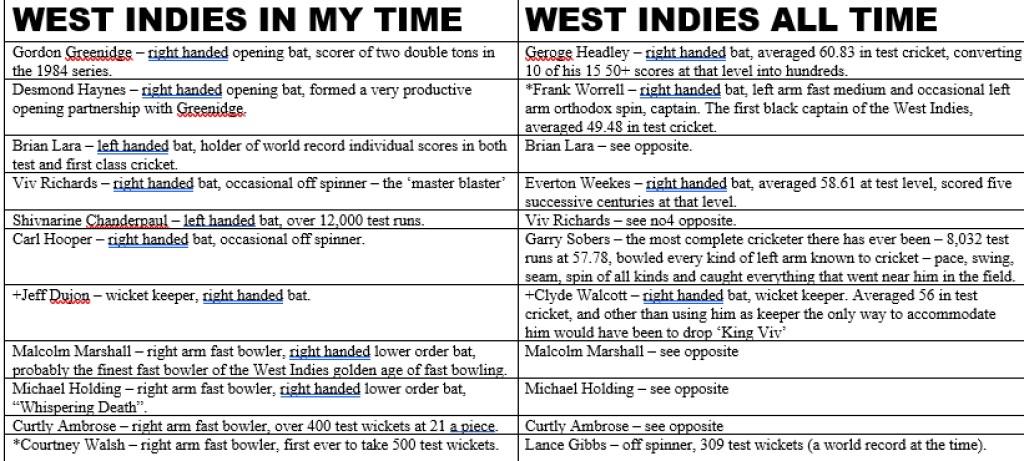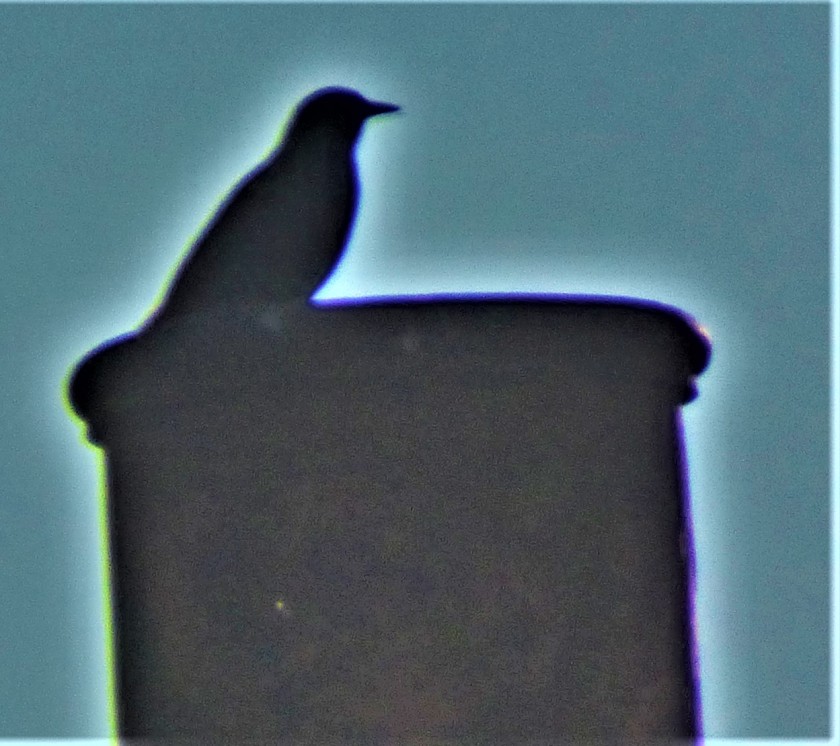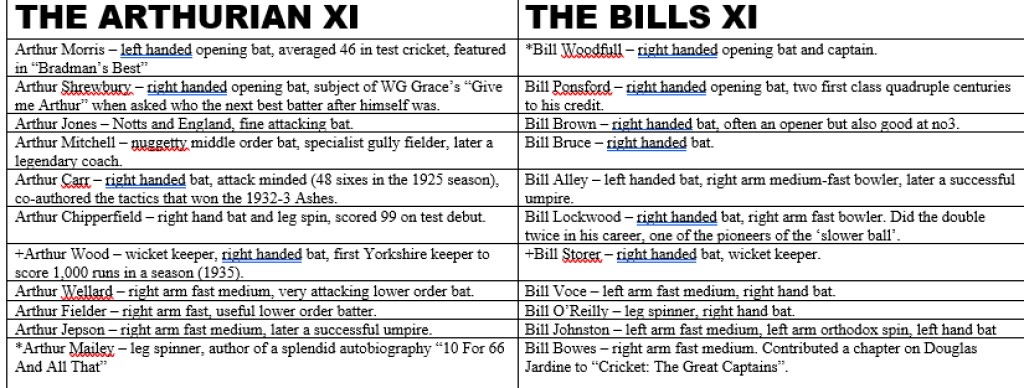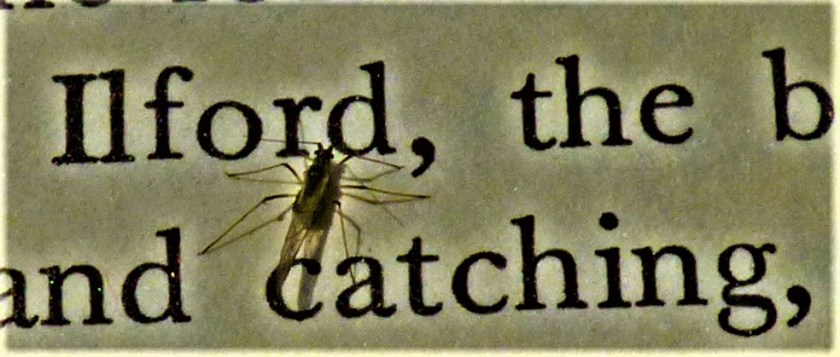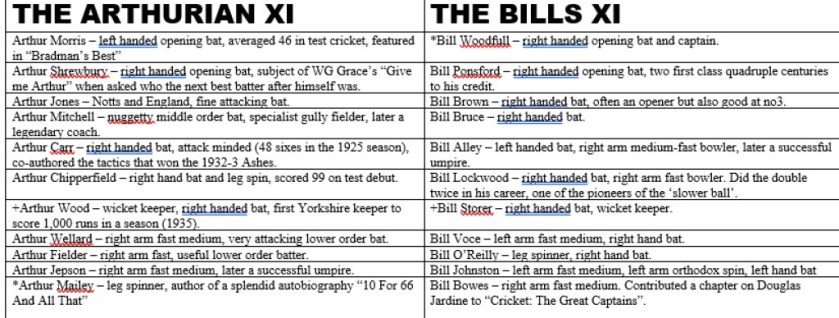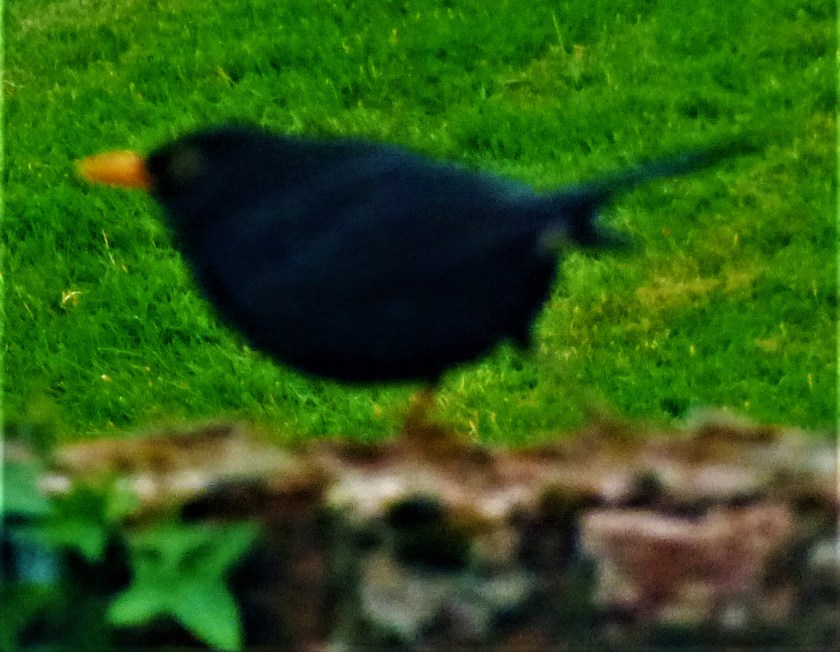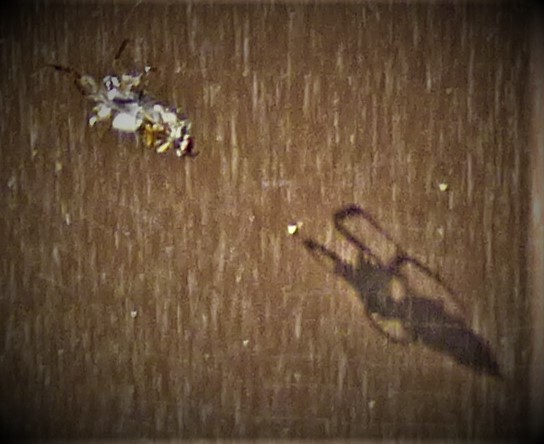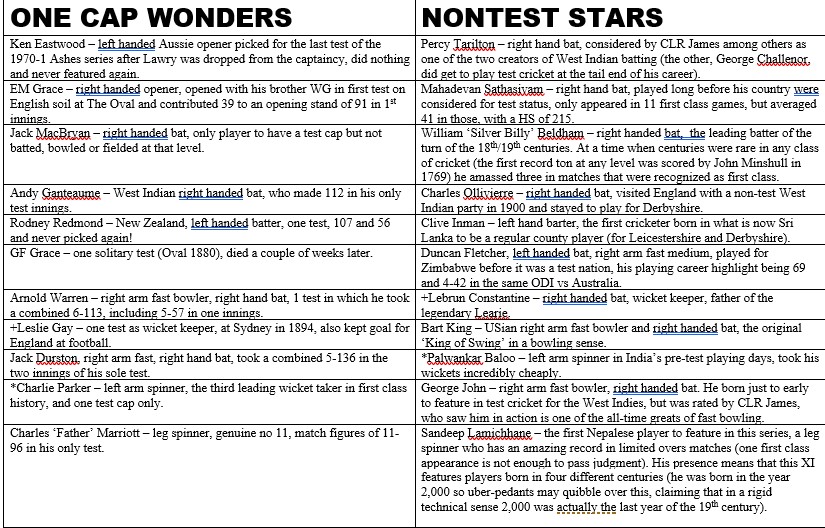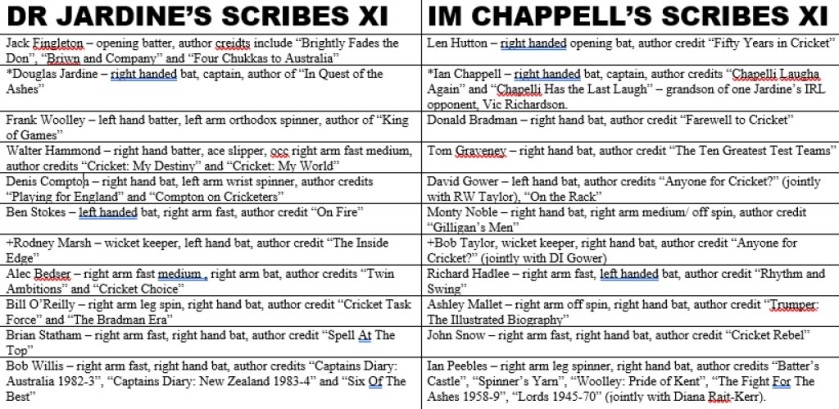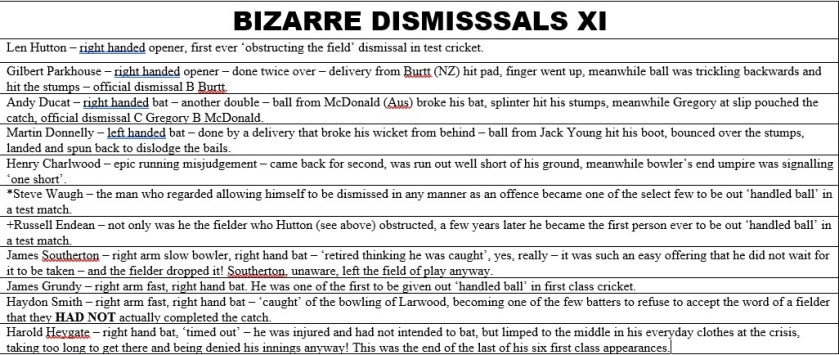INTRODUCTION
It is time for another variation on the ‘All Time XI‘ theme, this time pitting a team made of players of small stature against a team of some of the tallest of all cricketers. I will also answer yesterday’s mathematical teaser.
THE GOLIATHS XI
- Chris Gayle – left handed opening batter, occasional off spinner. He stands 6’5″ tall. His career highlights include two test triple centuries. However, he would be banned from using the DRS because of his record in that department.
- Will Jefferson – right handed opening batter, occasional right arm fast medium. At 6’11” the Essex and later Leicestershire opener is one of the tallest of all professional cricketers. He never quite managed to attract the attention of the England selectors, but achieved a very respectable output in first class cricket.
- Kevin Pietersen – right handed batter, occasional off spinner. At 6’4″ one of the shorter members of this team. He averaged almost 50 in test cricket, with his highest score 227 at Adelaide. Late in his career he came within two of the highest score ever made for Surrey, with 355. He was not always popular with team mates – his departures from his first two counties, Nottinghamshire and Hampshire were both decidedly acrimonious, but his record speaks for itself.
- Tom Moody – right handed batter, occasional medium pacer. The 6’7″ Aussie scored stacks of runs for Warwickshire and Worcestershire over the years and was also a fine fielder. One of the few to have admitted to being embarrassed by making a century due to the circumstances of its making. The innings in question, which saw the normally prized landmark arrive in just 26 minutes, was played against bowlers who were deliberately giving away runs to expedite a declaration was at the time greeted as a new first class record, but wiser counsels have since prevailed and it is now entirely correctly relegated to a footnote. Moody made ample numbers of runs that he had to earn, and his genuine embarrassment at effectively being handed a century speaks volumes for him.
- *Clive Lloyd – left handed batter, cover specialist fielder, captain. The 6’5″ bespectacled Guyanese ace featured in my piece about the West Indies. Against Glamorgan he once reached 200 in precisely two hours against genuine bowling. In the inaugural men’s world cup in 1975 (the women played one two years earlier, won by Rachael Heyhoe-Flint’s England) he scored a ton in the final to put West Indies in charge of the contest, a position they never relinquished.
- +Clyde Walcott – right handed batter, wicket keeper. Wicket keepers are rarely particularly tall, and Walcott was over six feet tall. I wrote about him in the West Indies piece.
- George Bonnor – right handed batter, medium pacer, excellent catcher. Bonnor was one of the first renowned big hitters, with his best test innings being a score of 128 that included sending the ball clean out of the ground four times. He was inclined to attempt to ‘bat properly’, a policy that did not work for him – his best moments came when he realized that he was a big hitter and did not try to play a real innings.
- Sulieman Benn – left arm orthodox spinner. At 6’7″ the West Indian is probably the tallest specialist spinner there has ever been, and he did have his moments. When I watched the West Indies play Australia at Adelaide in 2009 he was one of only two of their bowlers, greased lightening quickie Kemar Roach being the other, to cause the Aussie batters genuine apprehension. That match should have been an all-time classic, the West Indies being all out early on the final morning to leave Australia needing 330 off 81 overs on a pitch that was still pretty good for batting. Unfortunately, influenced by being already one up in a three match series, the Aussie skipper ‘Punter’ Ponting declined to live up to his nickname and Australia made no serious attempt to mount a chase that they should have had a fair chance of pulling off.
- Mohammad Irfan – left arm fast bowler. The Pakistani paceman at 7’1″ is officially the tallest international cricketer there has ever been.
- Joel Garner – right arm fast bowler, excellent boundary fielder. The 6’8″ Barbadian who has one end of his home ground, the Kensington Oval in Bridgetown, named in his honour was a very difficult bowler to score off, and took ana average of just over four wickets per test match. His ODI economy rate of 3.09 is unapproached in that format. He was my chosen overseas player for Somerset.
- Bruce Reid – left arm fast bowler. The 6’8″ Aussie had a fine test record for those matches when he was able to play, though he spent a lot of time on treatment tables (his only rival that I can think of in that regard was another Aussie, Damien Fleming).
This team has a good top six, including a serviceable wicket keeper, a big hitter at no 7 and four fine bowlers. It is weak in the spin bowling department, with only the part time tweakers of Gayle and Pietersen to supplement Benn’s left arm spin. That is the suitably Brobdingnagian “Goliaths XI”, and now, slings at the ready, here are their opponents:
THE DAVIDS XI
- Bobby Abel – right handed opening bat. The diminutive Surrey opener (officially 5’4″ but perhaps less) was the first to carry his bat through an England innings, finishing on that occasion with 132 not out. He also holds the record for carrying his bat through the highest first class team total to feature such an innings, and in that same innings the highest score ever made for Surrey. In 1899 at Taunton, Surrey scored 811 all out, with Abel batting through for an undefeated 357. Abel and Tom Hayward shared the Surrey record partnership for any wicket, 448 for the 4th. Playing for the Players against the Gentlemen at The Oval Abel scored 247, a score only beaten in that series by his fellow Surreyite Jack Hobbs (266). Abel also formed a contrasting friendship with WG Grace, and was among the pallbearers at the latter’s funeral. There is a biography of him by David Kynaston that I recommend.
- Tammy Beaumont – right handed opening bat. She has established a magnificent record at the top of the order in recent years (visit my post of two days ago to see a clip of highlights from one of her innings), and while the women play scandalously little test cricket, her record in ODIs is significantly better than her record in T20s, leading me to take the view that if she got a proper chance in long form cricket she would be highly successful.
- *Don Bradman – right handed batter, brilliant outfielder, captain. He was just a little over 5’6″ in height, the second tallest of my chosen XI. A test average of 99.94 renders further comment superfluous. This is his third appearance in this series of posts, after Australia and the Scribes.
- Sachin Tendulkar – right handed batter. The Indian maestro, scorer of 100 international hundreds is an automatic selection at four as Bradman was at three.
- Gus Logie – right handed batter. The West Indian, one of the smallest players of his era, was not anything like as heavy a scorer as his immediate predecessors in this order, but he tended to score his runs when his side really needed them.
- +Mushfiqur Rahim – right handed batter, wicket keeper. The Bangladeshi, one of the smallest players ever seen in the test arena, has two test double centuries to his credit, and averages 36.77 overall with the bat, and he has not all that often had the luxury of being able to build on a strong start by his team. He has also taken 104 catches and executed 15 stumpings in test cricket. Bangladesh has probably during his career only had five players who can genuinely be regarded as top class, opener Tamim Iqbal, all-rounder Shakib Al Hasan (currently suspended), off spinner Mehedi Hasan, fast bowler Mashrafe Bin Mortaza (now a member of the Bangladeshi parliament, and a spent force as a player) and Mushfiqur Rahim himself. In this team he is part of a strong unit, which would be a new experience for him.
- Gilbert Jessop – right handed bat, right arm fast bowler, brilliant fielder. At 5’7″ the tallest member of my chosen XI, he is the x-factor all rounder in the side. He featured in yesterday’s post.
- Katherine Brunt – right arm fast medium bowler, right handed bat. The Barnsley born Brunt is approximately 5’5″ tall – among her regular England team mates only Beaumont and Danielle Wyatt are noticeably shorter. It is her skiddy bowling that has earned her a place in this XI, but she has also developed her batting to a very considerable degree, and shares with Logie the knack of producing the goods when they are most required – her career best 72 not out got England to a total in excess of 200 when at one stage a prediction of 150 would have been viewed as seriously optimistic.
- John Wisden – right arm fast, useful lower order batter. The Sussex pacer, also founder of the United All England XI, a touring XI which played matches against local teams who had a numerical advantage – 18 and 22 were the two most frequent sizes of team for such matches, and sometimes secured the services of professionals, described as ‘given men’, once took all ten in a first class innings, all clean bowled. He stood only 5’4″, probably the shortest specialist fast bowler there has ever been.
- Tich Freeman – leg spinner. The 5’2″ Freeman (his actual given names were Alfred Percy) was the second most prolific wicket taker in first class cricket history, with 3,776 (and he played only about half the number of matches that Yorkshire’s Wilfred Rhodes, the no1 in this category, did). He holds all manner of records for large wicket hauls. Even more remarkable by today’s standards is the age at which he achieved these feats – a combination of his being a late developer and World War 1 meant that by the age of 30 the Kent leggie had precisely 29 first class wickets to his credit.
- Poonam Yadav – leg spinner. The tiny Indian leg spinner was one the stars of the recent Women’s World T20, again and again confounding opponents with her flight and spin. She is also one of the slowest bowlers of any description to have been seen in top level cricket.
This team has an opening pair who should combine well, a powerhouse combination at three and four, a battler at no six, a wicket keeper batter at six, the most explosive batter the game has ever seen at seven, and four varied bowlers to round out the XI. I regret that both spinners are leg spinners, but I think there is enough difference in their methods that this is not a very serious weakness.
THE CONTEST
This contest for the ‘Sling Trophy’ as I shall call it should be a fine one. However, especially if Wisden, Brunt and Jessop, the pace bowlers for the Davids, concentrate on yorkers, which the Goliaths would find it difficult to get down to, I would still expect this to go the same way as the original David vs Goliath – in favour of the Davids.
SOLUTION TO YESTERDAY’S TEASER
Yesterday I offered up this, from brilliant.org

The key lies in that word ‘similar’. All the four rectangles (the big overarching rectangle, with long side 16, the intermediate rectangle that is half the area of that one and the two smaller rectangles all have the same proportions. This means that the key shape, the triangle is an isosceles right angled triangle and its longest side can be calculated from the similarity of the rectangles to equal to 4 x the square root of 2. This squares up to 32, and Pythagoras tells us that the sum of the squares of the other two sides is equal to the square of the longest side (aka hypoteneuse). Since the triangle is isosceles as well as right angled, the square of each remaining side is half of 32, i.e. 16. 16 has two square roots, 4 and -4, and the length of the side of a triangle is a positive number, so the answer is four.
Here is David Vreken’s elegant published solution:
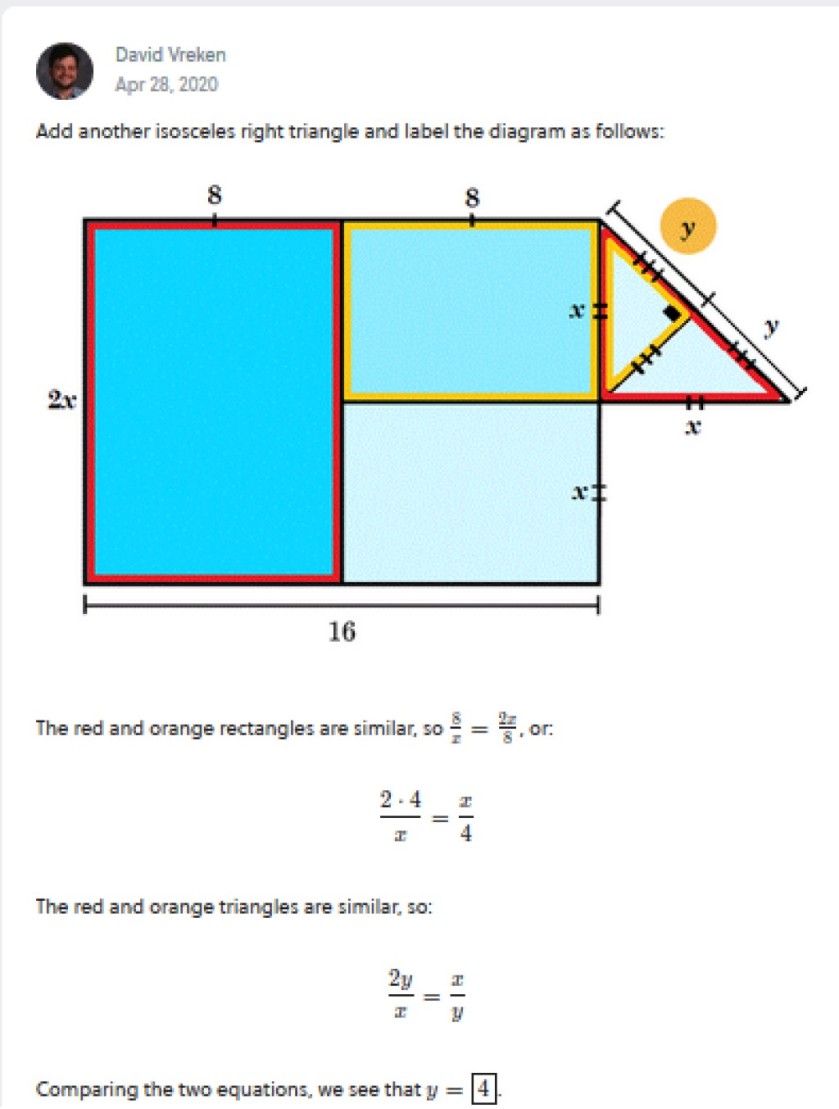
Just to complete this mini-section, it took me much less long to actually solve this than to type my explanation, and I am a fairly rapid typist.
A FINAL LINK AND PHOTOGRAPHS
The Davids and Goliaths of cricket have been paraded in all their glory, and I have a single link left to share before finishing with my usual sign off. Phoebe MD has hosted a post by Barbara Leonhard titled “Avoiding the Tragedy: A Look into Disease Prevention” which I consider to be a must-read. My thanks to both Phoebe and Barbara for that piece.
Finally, my usual sign off…


































































